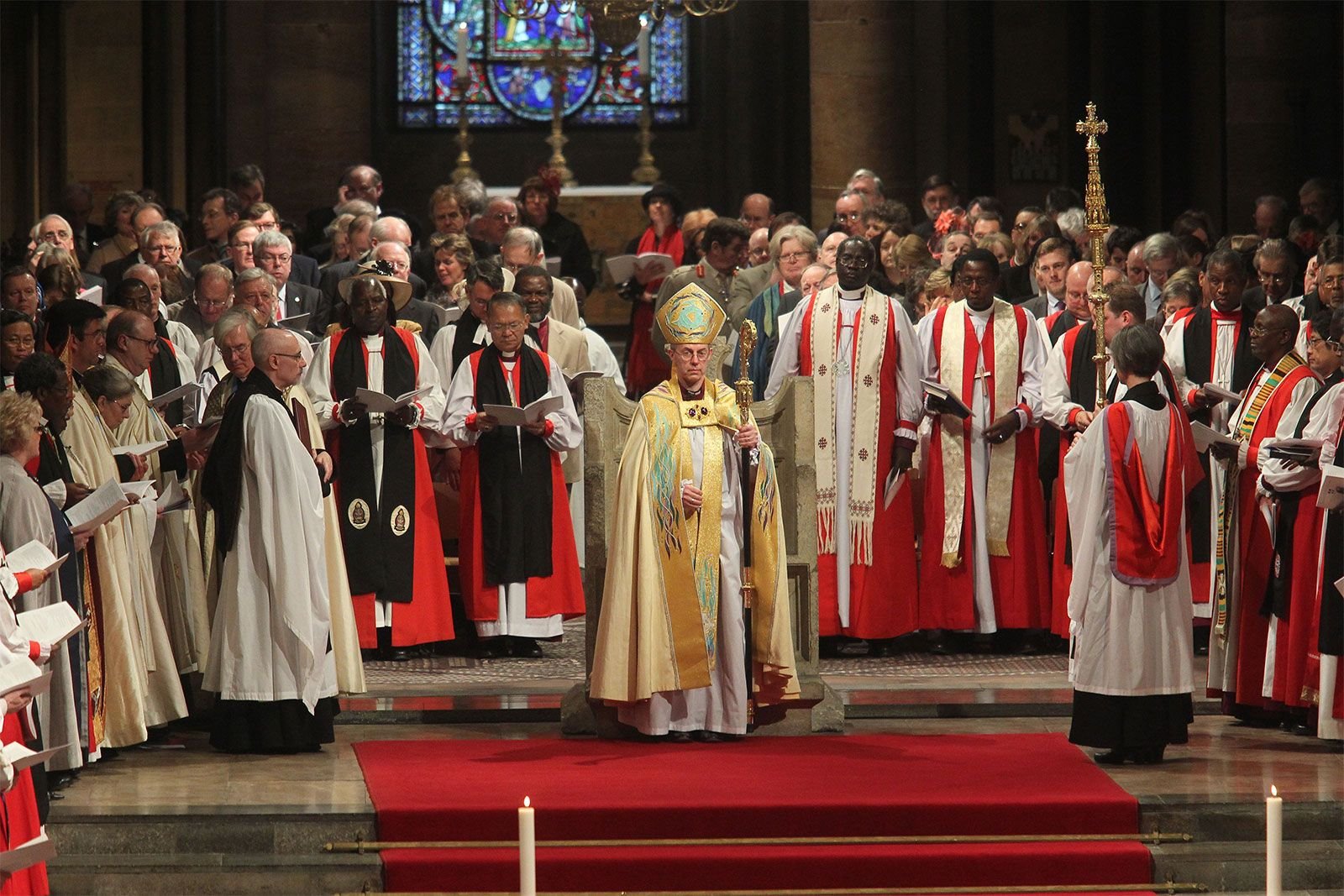Zimbabwe Abuse Victims Take Legal Action Against Church of England Over Smyth Cover-Up
Victims of serial abuser John Smyth QC are taking legal action against the Church of England, seeking answers and compensation decades after the British barrister’s brutal beatings of boys and young men were systematically covered up by church authorities. The development comes as victims in Zimbabwe break their silence, revealing how institutional failures in England allowed Smyth to continue his reign of abuse across international borders.
Channel 4 News has learned that Zimbabwean victims, including family members of those who died, are joining a landmark claim against the Church of England following last year’s Makin Review, which detailed how leading figures within the church could have stopped Smyth in the early 1980s before he left for Africa. The case represents a significant escalation in the long-running scandal that has implicated senior church leadership, including former Archbishop of Canterbury Justin Welby.
Decades of Abuse and Institutional Failure
John Smyth QC, a prominent evangelical barrister and former chairman of the Iwerne Trust, subjected more than a hundred boys and young men to brutal beatings in the UK, Zimbabwe, and South Africa over several decades. His barbaric practices, which left victims bruised and bleeding, were documented in a secret 1982 report by Anglican clergyman Mark Ruston that provided detailed accounts of the abuse.
Rather than facing justice, Smyth was allowed to leave for Zimbabwe in 1984, where he continued his pattern of abuse at Christian camps. The Makin Review, published last year, accused the Church of England of a cover-up, stating that leading figures had multiple opportunities to stop Smyth but failed to take appropriate action.
“The Church of England was ultimately responsible for at least one death and many, many, many other countless trauma to young boys and young adults and it’s just despicable,” said Rocky Leanders, a victim of Smyth’s abuse in Zimbabwe.
The scale of the abuse only became fully apparent through investigative journalism and victim testimony spanning continents. According to exclusive reporting from Channel 4 News, the legal action now being pursued represents the first coordinated effort by Zimbabwean victims to hold the Church of England institutionally accountable for enabling Smyth’s continued abuse.
Tragic Consequences and Demands for Justice
The human cost of the institutional failure is starkly illustrated by the case of 16-year-old Guide Nyachuru, who attended one of Smyth’s Christian camps in Zimbabwe in 1992 and never returned alive. His sister, Edith Nyachuru, first spoke to Channel 4 News in 2017 during their initial investigation exposing Smyth’s abuse. She now joins seven other Zimbabwean victims in demanding compensation from the Church of England.
“I believed my brother would still be alive if Smyth had been stopped in the UK,” Edith told reporters. She expressed frustration at the continued delays in addressing the Zimbabwean victims’ cases, suggesting that “maybe they’re looking down on us as a third world country.”
In 1995, Smyth was charged with culpable homicide over Guide’s death, but the prosecution ultimately collapsed. Smyth died in 2018, depriving victims of the opportunity to see him face justice in a courtroom. This has increased pressure on the Church of England to provide accountability through other means.
“We weren’t encouraged to be naked, we were forced to be,” revealed Rocky Leanders, describing the humiliating conditions at Smyth’s camps. “It’s as simple as that.”
Leaders in the Anglican Church have faced mounting criticism over their handling of the Smyth case and broader safeguarding failures. The Makin Review recommended an independent investigation into Smyth’s abuse in Zimbabwe, but nearly a year later, this has not materialized. This delay has exacerbated victims’ sense of injustice and institutional neglect.
The legal claim is being brought by law firm Leigh Day against St Andrew the Great Church in Cambridge, formerly known as the Round Church, where Mark Ruston compiled the initial 1982 report detailing Smyth’s abuses. This development comes amid significant leadership changes within the Church of England, with the recent appointment of Archbishop of Canterbury Sarah Mullally, who immediately faces questions about the institution’s treatment of abuse victims.
The case highlights ongoing challenges within religious institutions regarding historical abuse allegations and cross-jurisdictional accountability. For those following this developing story, comprehensive coverage of the legal proceedings and their implications can be found through dedicated Zimbabwe news platforms monitoring the situation.
Rocky Leanders, who initially had no idea about the scale of Smyth’s abuse when he first spoke to Channel 4 News nearly a decade ago, described how his perspective has evolved: “I’m now angrier, angry at a much wider, bigger group of people that should have known better.” He detailed the lasting psychological impact, noting that the “emotional toll is now significant” and that he had lost trust in religion and humanity broadly because “people who were in a position of trust have abused that trust.”
The Church of England has issued a statement expressing sorrow for the “horrendous abuse carried out by John Smyth and the lifelong effects on survivors, both here and in Africa.” A spokesperson noted that the church has “been in contact with the Church in Zimbabwe and offered to support and contribute financially to any review that it might choose to undertake,” while also working through recommendations from its own learning lessons review.
Similarly, St Andrew the Great Church in Cambridge stated they were “full of sorrow about the horrendous abuse carried out by John Smyth which has had lifelong effects on survivors,” while declining to comment on the specifics of the legal claim.
As the legal proceedings advance, the case raises fundamental questions about institutional responsibility, colonial legacies in global religious organizations, and the mechanisms available for victims seeking justice across international boundaries. The outcome could establish important precedents for how historical abuse cases with transnational dimensions are handled within global religious networks.
For the victims and their families in Zimbabwe, the legal action represents not only a pursuit of compensation but also a demand for recognition of their suffering and institutional accountability for failures that allowed abuse to continue across continents. As Edith Nyachuru stated, believing Smyth to be “rotting in hell,” the pursuit of justice continues for those left grappling with the consequences of decisions made decades ago in England that reverberated tragically in Africa.


